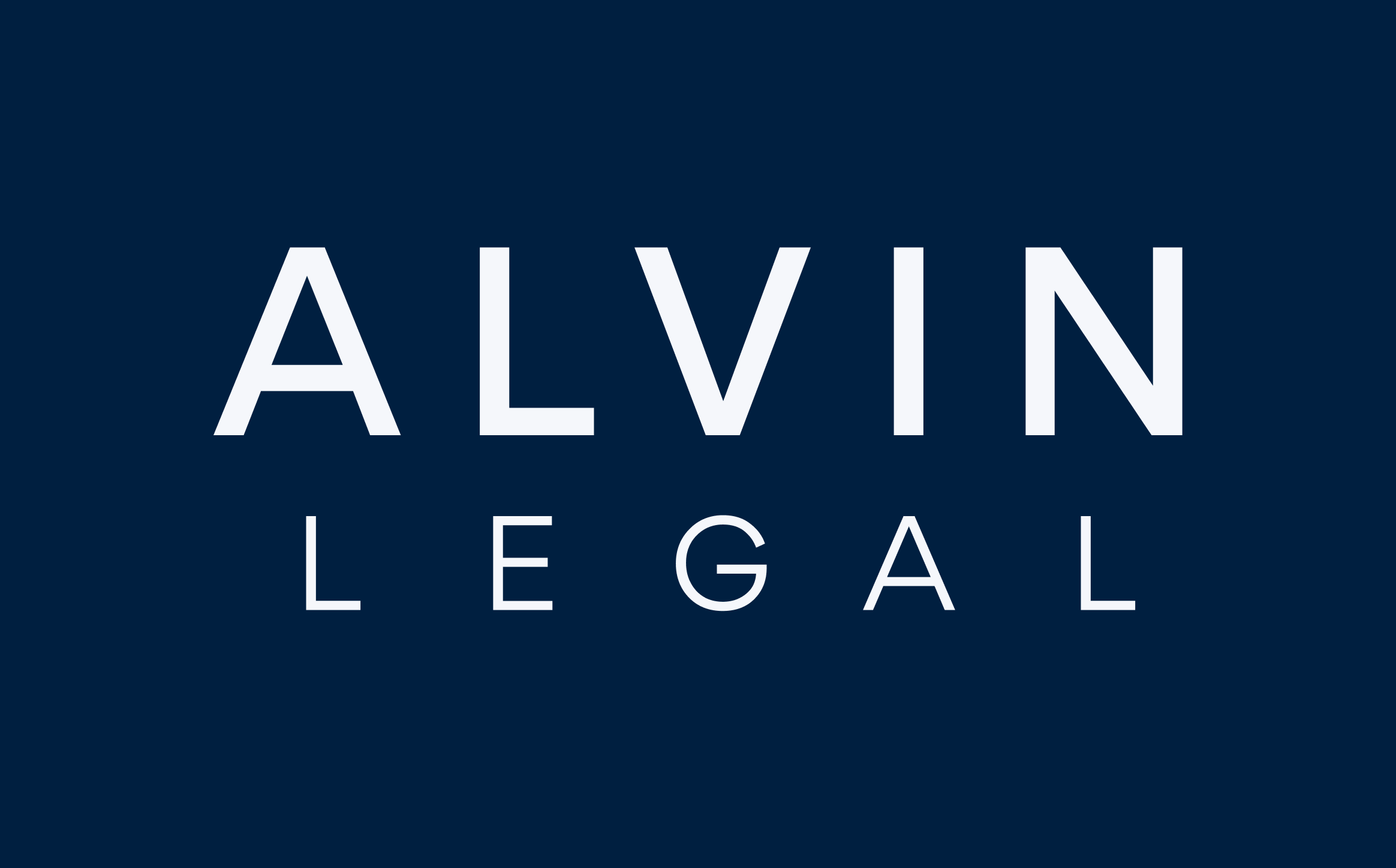Overview
Tax consolidation is where an eligible corporate group elects to be treated as a single entity for income tax purposes. During consolidation, each subsidiary member will lose its individual tax identity, and its assets, liabilities and transactions will be treated as that of the head company. A consolidated group consists of a head company and wholly-owned subsidiary members.
What is a consolidated group?
The Income Tax Assessment Act 1997 (Cth) (ITAA97) distinguishes between:
1. Consolidatable groups; and
2. Consolidated groups.
Essentially, a consolidatable group is a corporate group eligible for tax consolidation, where a consolidated group is a consolidatable group that has elected to become a tax consolidated group.
Consolidation is optional, but once made, it is irrevocable.
Eligibility
A consolidatable group consists of:
1. A single head company; and
2. All the subsidiary members of the group.
An entity will be eligible to be a head company of a consolidated group or consolidatable group if all of the following three requirements are met:
1. The entity must be a company (but not one covered by section 703-20 of the ITAA97) that is taxed at the corporate tax rate.
2. The entity must be an Australian resident (but not a prescribed dual resident).
3. The entity must not be a subsidiary member of a consolidatable group or consolidated group.
An entity will be eligible to be a subsidiary member of a consolidatable group or consolidated group if all of the following four requirements are met:
1. The entity must be a company, trust or partnership (but not one covered by section 703-20 of the ITAA97). If the entity is a company, all or some of its taxable income (if any) must have been taxable at the corporate tax rate.
2. The entity must not be a non-profit company.
3. The entity must be:
a. An Australian resident (but not a prescribed dual resident), if it is a company; or
b. Meet the Australian residence requirements, if it is a trust; or
c. Be a partnership.
4. The entity must be a wholly-owned subsidiary of the head company of the group, or if there are any entities interposed between them, then the special requirements relating to those interposed entities must be met.
Consolidation is not available to sibling corporate structures, which are corporate structures where shareholders directly hold shares in each group entity, and not in a single head company.
Wholly-owned Australian subsidiaries of a common foreign entity may also be able to form multiple entry consolidated (MEC) groups.
Benefits of Tax Consolidation
The benefits of tax consolidation are:
1. Intra-group transactions are disregarded for income tax purposes, thereby providing a tax effective method for undertaking corporate restructures;
2. Streamlined tax compliance, as consolidated groups only file one tax return for the entire group, instead of separate tax returns for each entity;
3. Losses, franking credits and foreign tax credits are pooled.
Complexities
Tax consolidation is a complex process, and care should be taken before consolidating, as there are complex rules around determining asset values of subsidiary members and transferring losses. Consolidation can create poor tax outcomes where the consolidation process has not been planned appropriately.
GST groups
There is also a separate GST group regime under the A New Tax System (Goods and Services Tax) Act 1999 (GST) providing similar benefits in respect of GST.

